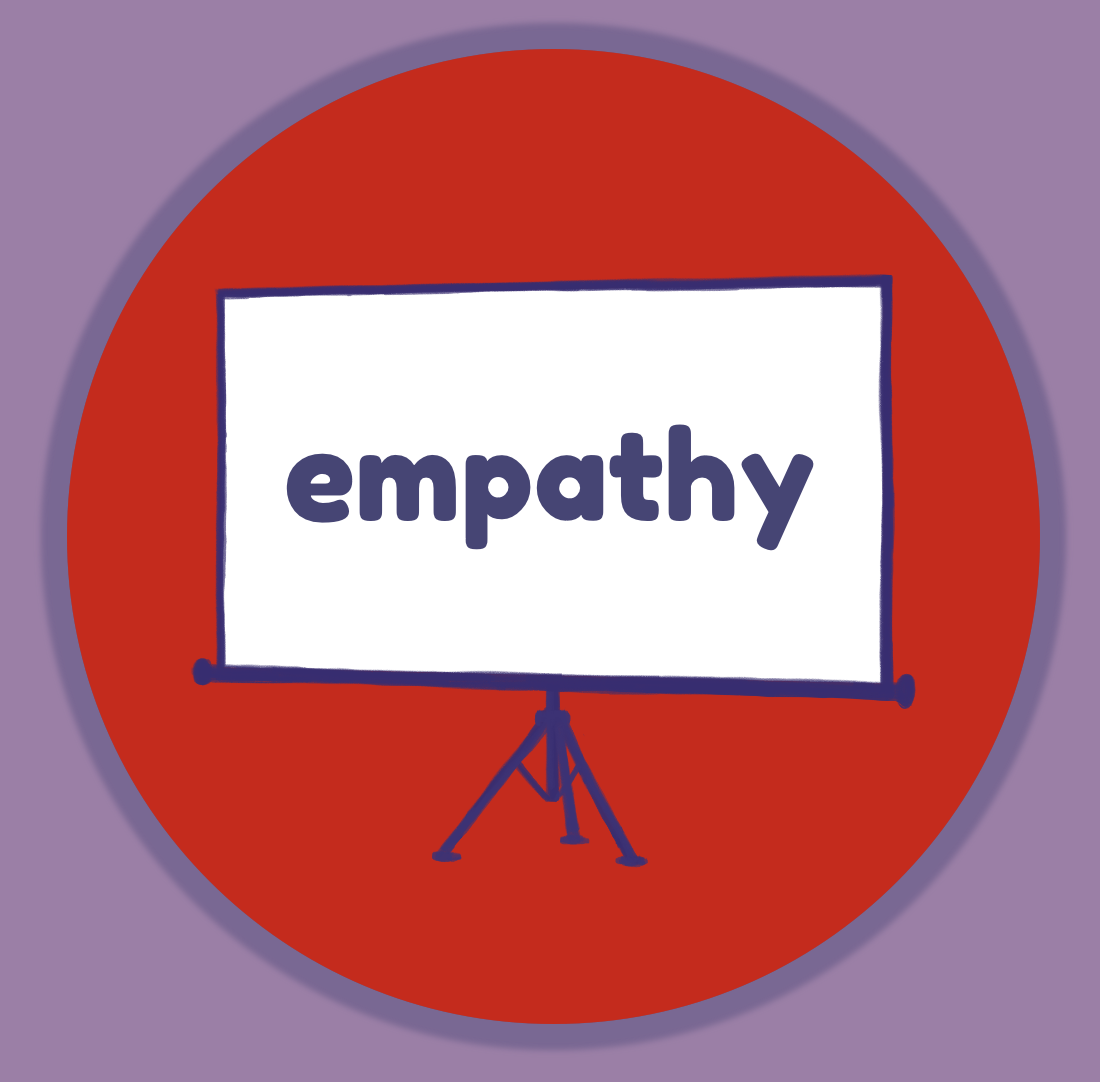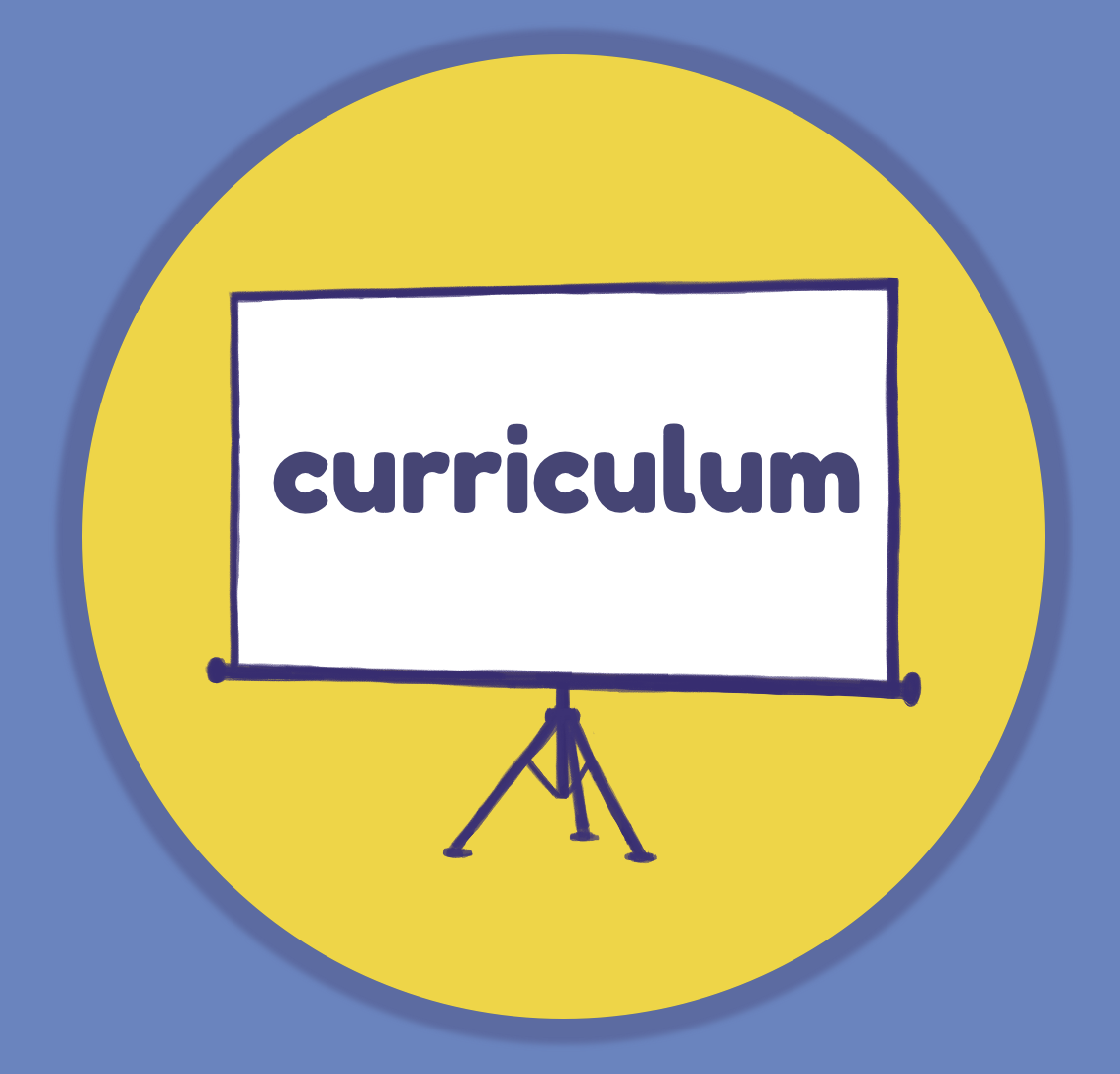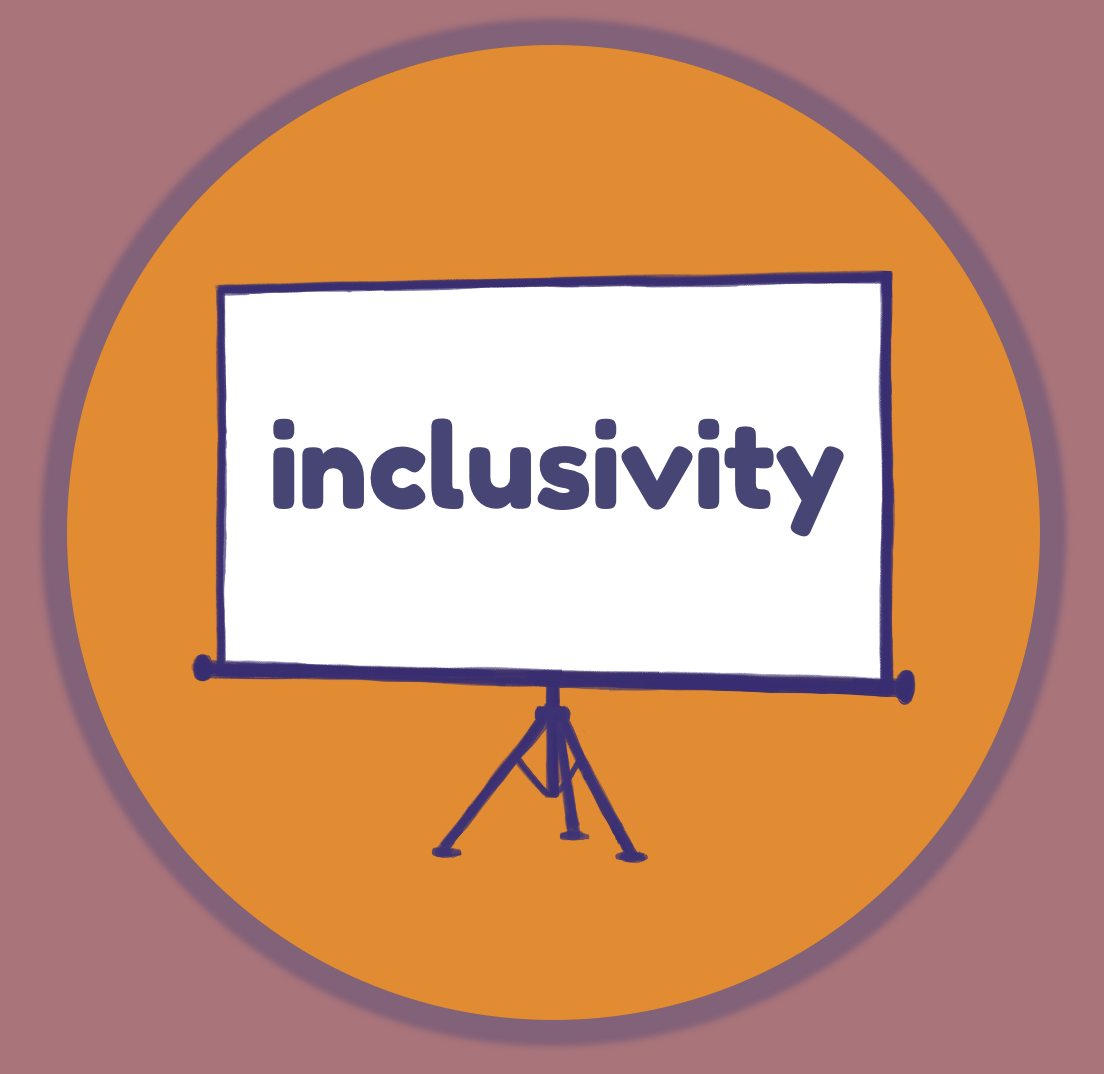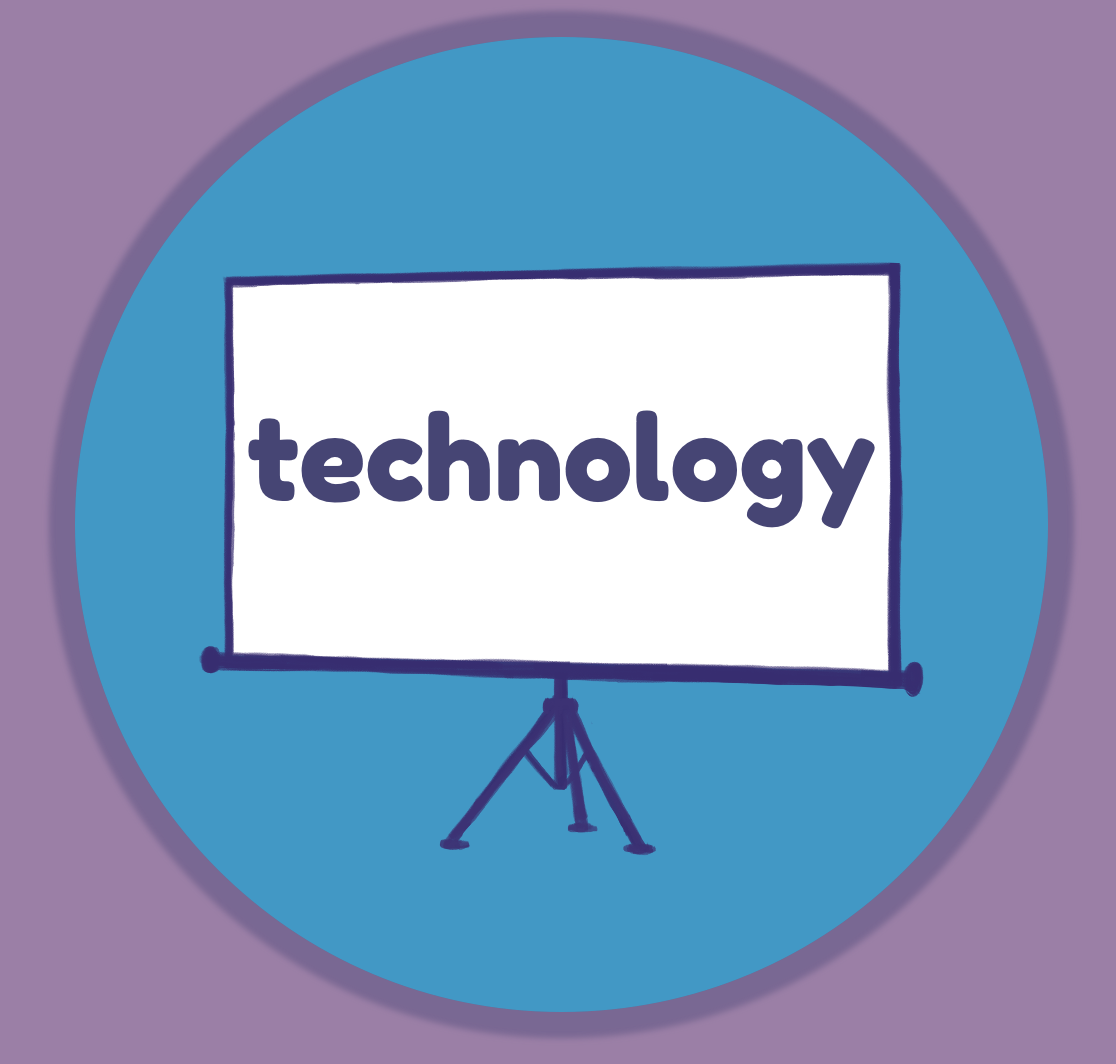Ding’s Learning Design Library
Welcome to our library!
The Ding team have put together a list of articles, videos, books and links to help you explore learning design.
We’ve organised the library into our six core pillars of learning design: Empathy, Curriculum, Inclusivity, Technology, Facilitation and Community. We’ve also added a short introduction to give you some background and context to the discipline of learning design.
And we’re always adding to it, so if you come across a great resource please let us know!

What is learning design?
Learning design is an ‘evolving discipline’. This is another way of saying it’s still quite new, and it can be difficult to describe. The resources in the section are intended to help you form your own opinions of what learning design is, where it’s come from, and where it’s going.
- What is learning design?
This article explores the origins of learning design, and considers its similarities and differences with instructional design.
- What’s behind the growth and interest in learning design?
Why has the demand for learning design grown significantly in recent years? This article examines the recent interest in learning design.
- Learning experience design (LXD) vs User experience design (UXD)
The field of learning design also overlaps with ‘UX’, or ‘user experience’ design. This article explains the ideas and practices common to both disciplines.
- How do universities achieve learning design maturity?
Neil Mosley presents a maturity model to enable universities to benchmark their approach to learning design.

Empathy
Great learning design starts with empathy. The resources below will help you deepen your understanding of how to use empathy to examine your learners’ motivations, needs, constraints, prior knowledge and skills.
- What is empathy, and why is it so important in design thinking?
This article from the Interaction Design Foundation explains why empathy is the first step in a design project.
- Why empathy is the ultimate tool in learning design
The Ding team believe empathy is the most important tool in a learning designer’s tool belt. In this article, we explain why.
- Using empathy to unlock growth
We’re great believers in the work of Carl Rogers. This article explains why Rogers’ believed empathy is integral to enabling a person to learn and grow.

- Action mapping
In this blog post, Cathy Moore explains how to use the Action Mapping framework to empathise with clients and identify their needs.
Curriculum
Once you have begun empathising with your learners, you can then start to develop a suitable curriculum. The resources in this section provide guidance about core principles of curriculum design.
- Introduction to backwards design
When we’re designing learning, we start at the end by identifying the learning outcomes. Then we work backwards to develop assessments and activities that will enable learners to achieve these outcomes. This is often called ‘backwards design’, and this video explains how it works.
- Writing aims, outcomes and assessment criteria
Ding’s Dr. Nicholas Houghton provides essential tips on how to write aims, outcomes and criteria, and explains the difference between them.

- ABC learning design
Diana Laurillard’s ABC learning design framework is a great starting point for curriculum design. In this video, she explains the 6 elements of the framework.
- A connected curriculum for higher education
Dilly Fung provides a curriculum design model for higher education that involves students in designing learning experiences.
- The hidden curriculum
If we’re not careful, we can assess students on things we haven’t taught them. This short video highlights the dangers of the hidden curriculum and how to avoid them when designing learning experiences.
- Make learning visible: an interview with John Hattie
John Hattie undertook one of the biggest pieces of research ever into what works in teaching and learning design. In this podcast, he provides a summary of what he found, and explains why learning design should make learning visible.
- How to create a culture for valuable learning
Educationalist Sir Ken Robinson explains why current approaches to curriculum design fail many students, and explains what we can do about it.
Inclusivity
Ensuring all learners can access your curriculum is essential. These resources highlight common barriers to learning and how you can reduce and remove these barriers through good learning design.
- Inclusive learning design strategies
In this podcast, inclusivity specialist Heather McClean provides a wealth of tips and advice for removing barriers to learning.
- Reducing cognitive load
Poor learning design can place unnecessary stress on students. In this article, Ding’s Ray Martin explains ways of reducing cognitive load.
- Anticipating dyslexia
If we assume a significant percentage of our learners will be dyslexia, we can designing learning experiences that improve learning for all learners.

- Neurodiversity and dyspraxia
In this article, Mary Colley provides a detailed examination of neurodiversity and guidance on how we can support students with dyspraxia and Attention Deficit Hyperactivity Disorder (ADHD)
- The problem with learning styles
Learning styles don’t exist, and yet the myth of learning styles persists. In this article, Sophie Allsopp summarises the literature debunking the concept of learning styles.
- Understanding how we learn: A visual guide
This book explores the intersection of learning, psychology and neurodiversity, and provides evidence-based recommendations on how to reduce barriers to learning through effective learning design.
Technology
Technology plays a huge part in learning design. But it can easily create more barriers to learning than it removes. The resources in this section provide a starting point for thinking critically about technology.
- Practical advice for designing online learning environments
Tom Whitford investigates why many online learning experiences are poorly designed, and explains why accountability is such a powerful force in learning.
- How will Artificial Intelligence change learning design?
In this LinkedIn Live discussion, Sean McMinn, Tony Reeves and Phil Gomm examine the impact of tools such as ChatGPT on teaching and explore how AI is reconfiguring approaches to learning design.

- AI-powered learning design
Learning scientist Dr. Philippa Hardman explains how she uses AI to design learning experiences. This article also contains a list of useful AI apps and tools that can be used to support learning design.
- Students’ views about the use of AI in higher education
Three students explain how AI is helping them learn more effectively, and propose ways for universities to make more pragmatic use of AI tools.
- Thinking critically about how we use technology
Technology is not neutral. In this article, Nicola Muirhead reflects on how technology influences her students’ learning, and considers why we should tread carefully before introducing technology into a learning experience.
- 101 creative ways to use AI in education
This open access book provides loads of great ideas about how to use AI in teaching and learning design.
Facilitation
Carl Rogers believed that ‘it is not possible to teach another person directly, we can only facilitate their learning.’ We agree. Deep, transformative learning happens when we stop broadcasting information and begin creating the conditions for people to learn.
- Freedom to learn
This article summarises Rogers’ work on client-centred therapy, and explains how it influenced his views about how learning happens.
- Facilitation in teaching and learning design
This blog post examines the differences between ‘teaching’ and ‘facilitating’, and provides a useful starting point for considering how we might design learning experiences that place greater emphasis on facilitation.

- Education as the practice of freedom
Learning designers, just like teachers, have huge power to influence how learners view the world. This article provides an introduction to the theory of critical pedagogy and the work of Paolo Freire and bell hooks, and considers why we need to think more critically about the role of power in teaching and learning design.
- The role of care in learning
Once we reduce our focus on ‘delivering content’, we can create more space to consider what learners need to succeed. In this article, Alexandra Davenport explores how – and why – we should position care in learning design.
- Teaching to transform: the work of bell hooks
bell hooks has written extensively about the transformational power of the classroom. This article explains how hooks was influenced by the theory of critical pedagogy, and provides a useful launchpad for considering how we might design more transformative learning experiences.
Community
At Ding, we believe community is the ‘secret sauce’ of great learning design. These articles examine the value of designing community into learning experiences.
- How should universities position community in curriculum design?
There are different ways to harness community dynamics in formal learning. In this article, the authors examine three ways of using community to underpin effective learning experiences.
- Rhizomatic education: Community as curriculum
Dave Cormier uses the concept of a ‘rhizome’ to explain why community is such a powerful force in learning.

- Introduction to communities of practice
We all belong to communities, and they influence how we think and act in the world. This article introduces the concept of a community of practice and how it works.
- How does teaching online affect course learning communities?
This poster summarises research into the impact of the Covid pandemic on course learning communities. The authors highlight key areas to show the often-invisible role of communities in supporting effective learning.
- Sense of community theory
Learners’ ‘sense of community’ can significantly affect how they engage with learning. This article provides an introduction to the four components that underpin our sense of community, and provides a good basis for considering how we might leverage these components in learning design.
- How to build an online learning community
Building an online learning community isn’t easy, and it requires a significant amount of time and effort. This blog post from LearnWorlds provides some useful tips for developing the kind of social interaction that underpins an online learning community.

